There are many uses for the comfrey plant on the homestead. Known for its ability to help wounds and injuries to heal, it also has many benefits for the garden as well. I consider comfrey an essential companion and nurse plant in my garden that helps my other plants grow better.
Comfrey is an easy-to-grow perennial. Once you have it established on your property it will come back year after year. If you have a garden area, you should plant a comfrey plant on the outskirts of your main growing area, although you’ll want to contain its roots if space is at a premium. Comfrey has a special corner near my garden and every year I discover more about its special qualities.
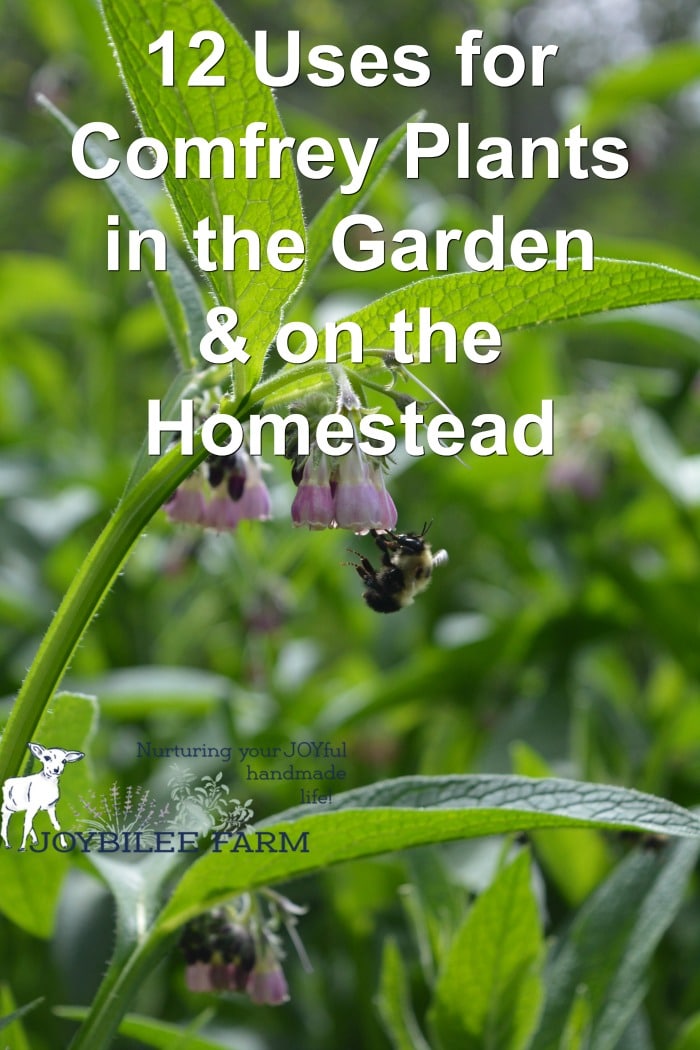
In the spring of 2018, after the snow melted, and I could open my garden gate again, I thought I was going to lose my entire apple orchard. Out of 25 trees, each one had severe bark damage from voles. Every. Single. One.
The very young trees I had planted the spring before had to be ripped out completely. My cherry bushes (30 in all) were just loose sticks in the ground. Tops and roots were completely gone. Most of the apple trees had been completely ringed by orchard mice, aka voles.
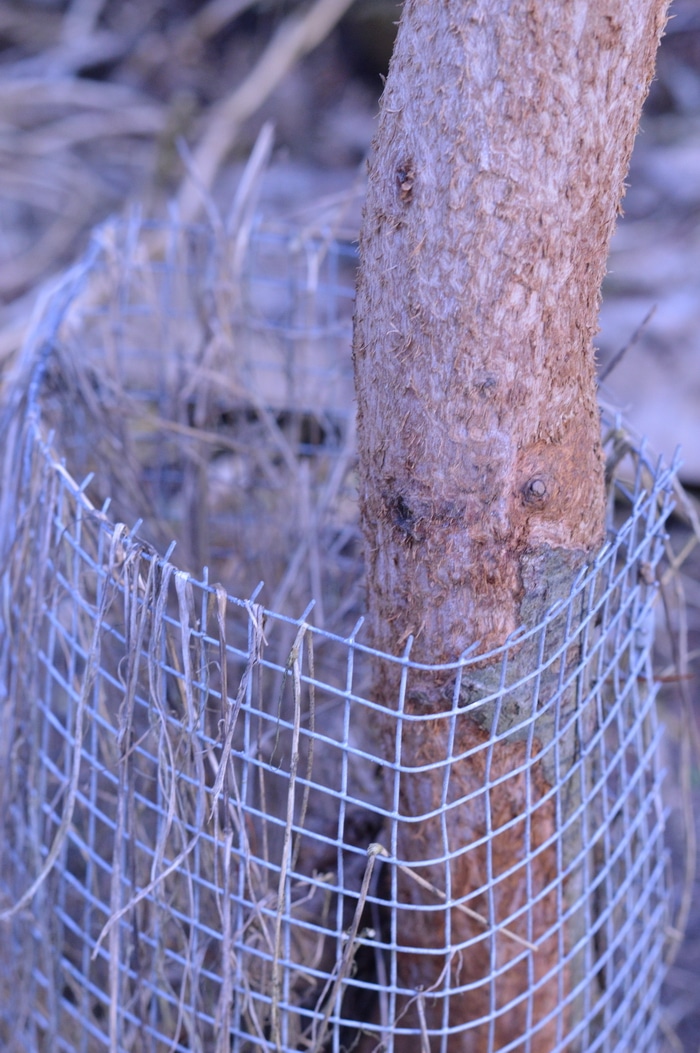
But my heart broke when I saw that my favourite heritage tree, the Duchess of Oldenburg apple, planted in 2003, had sustained deep and severe bark injury. From the lower branches to the ground there was hardly any bark left. The tree sent out some leaf buds in spite of the damage, but within a week the leaf tips blackened and died.
I was ready to give up and dig it out. I took photos and posted them in a homestead Facebook group. Most people agreed with me that it was hopeless. But one gal suggested trying comfrey. Yeah, that comfrey that healed my lamb’s broken leg a few years back.
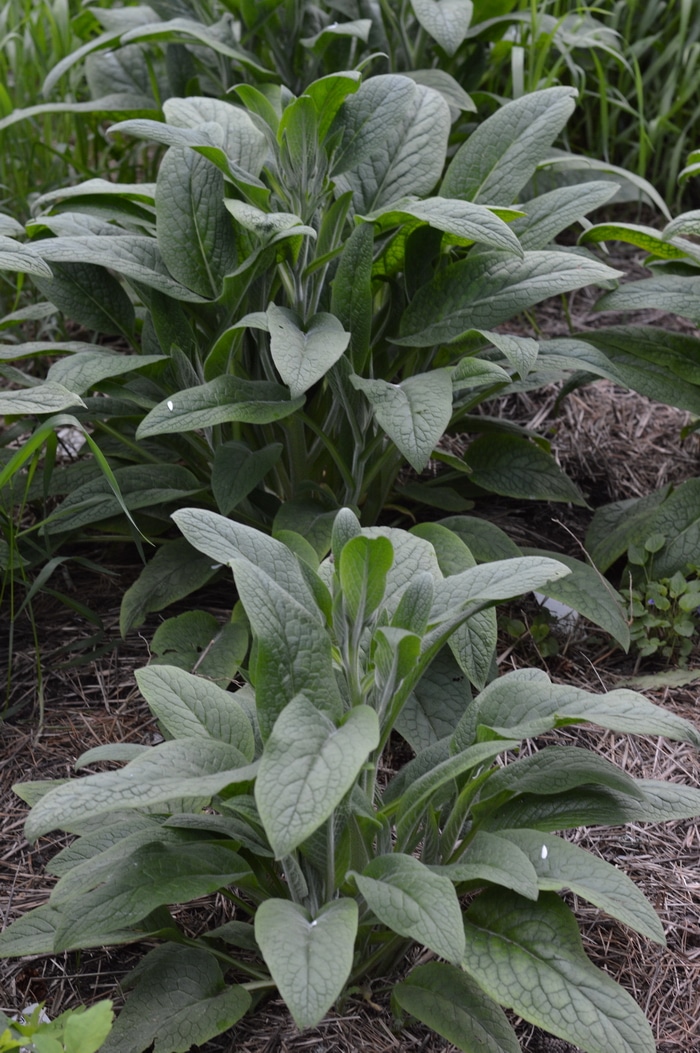
My comfrey leaves were just tips poking out of the ground when I first noticed the damaged trees. But within 2 weeks we had some real leaves to pinch and use. I took a few leaves and rubbed the naked trunk of the tree not really expecting much. I went out a couple of days later and did it again, smearing the naked trunk with green, gooey comfrey juice.
Once the comfrey was growing vigorously, I grabbed more leaves and made a “comfrey poultice” completely around the trunk. And the tree revived. It produced leaves, blossoms, and then fruited. We mulched the tree with comfrey and continued to add comfrey to the area around the trunk all summer long. The fruit ripened on schedule.
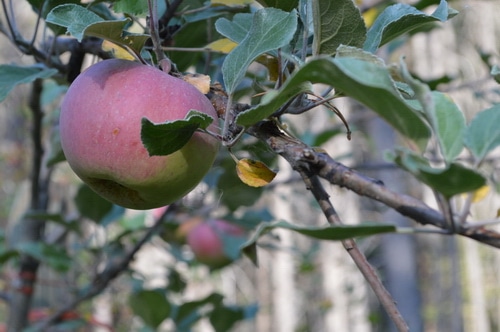
A younger apple tree also received comfrey poultices around the bark, and it too recovered and produced leaves but a month later than expected. My crab apple trees also received the comfrey treatment although none of those were completely ringed.
We lost 5 apple trees that were new plantings that had completely lost their roots to the orchard mice. But the trees that remained rooted were able to be revived with comfrey. The allantoin in comfrey leaves is a proven healer that encourages cell proliferation. While I knew about comfrey’s reputation as a skin healer and a healer of broken bones, repairing bark damage and reviving orchard trees was an exciting discovery.
Comfrey
Comfrey (Symphytum officinale) is a hardy perennial herb that has been used as a medicinal herb in Asia and Europe for centuries. Naturalized in North America, it was also used by Native Americans for pain and strains. It is also commonly used as livestock fodder and can be found on older farms and barnyards. The leaves are often used as a mulch in gardens, as food for livestock, or as poultices for wound healing, conditions of acute upper and lower back pain, sprained ankles, and broken bones.
The root has been used in herbal medicine for centuries to heal broken bones and increase cell proliferation in the healing of open wounds. An ointment can be made using the root or the leaves in oil. Comfrey roots are rich in soothing mucilage and show efficacy in reducing inflammation and pain when used in topical comfrey preparations like cream, gel, ointment, or poultices. Traditionally it was called “knitbone” and is the first herb to use for broken bones or an acute ankle sprain.
The allantoin in comfrey, is a cooling anti-inflammatory and cell proliferator that passes through the skin barrier, so topical use is beneficial to painful osteoarthritis of the knee, low back pain, and other inflammatory conditions.
There is some concern about safety of comfrey in 2 year old rats. Studies showed that when comfrey was used as a major part of the diet, in two year old rats, the rats developed severe liver damage. Since then the Food and Drug Administration (FDA) and some European Countries have issued warnings and banned oral comfrey products from the market. Comfrey, like some other plants such as borage, Celandine, contain pyrrolizidine alkaloid compounds. In Europe, Canada, and the USA, dietary supplement manufacturers are prohibited from marketing oral comfrey preparations, due to potential liver toxicity. Those with liver problems or liver disease, those taking pharmaceuticals, pregnant and nursing mothers should avoid oral use of comfrey. There are no concerns about using comfrey for external support. The pyrrolizidine alkaloid compounds are larger molecules that do not pass into the blood stream, and therefore don’t need to be removed by the liver.
If you have any concerns about using comfrey as an herbal remedy always do your own research and speak to your healthcare provider about your personal situation.
And that’s how we use it in the garden as well.
Which Comfrey Plant to Choose
Russian comfrey (the hybrid Symphytum x uplandicum) is the best comfrey to grow in your garden. Russian comfrey is a one of several hybids with sterile seeds, making it less invasive than other comfreys. “Bocking 14”, a variety of Russian comfrey that is less invasive ( it is a sterile cultivar and doesn’t produce seeds), and is specially selected for medicinal potency without the alkaloids which have given comfrey a bad rap in the past. Bocking 14 is high in allantoin, the cell proliferating agent that helps with healing.
Choose the best varieties of Bocking 14 or Bocking 4 which is low in pyrrolizidine alkaloids but high in allantoin, a hormone-like substance that stimulates cell division, making it valuable for healing wounds, ulcers, and broken bones. This cultivar shows good resistance to rust, a fungus disease common to comfrey.
How to start Comfrey
Russian comfrey is a sterile plant. The only available plants are clones of the original UK plants found in the Bocking research program in the 1950s out of the UK. You’ll need to get a root division from a friend or find root cuttings. Once you have a plant you’ll be able to divide it yourself easily. Every place a small piece of root is left in the ground, a new plant will grow. Its a good thing its so useful in the garden.
Comfrey Growing Conditions (Symphytum × uplandicum)
- Grows up to 4 feet tall with a spread of 3 feet.
- Plant on 2-foot centers.
- USDA Zone 3-9
- Perennial, drought-resistant
- Full sun to part shade
- Plant in an area that will not be disturbed. It spreads and can become invasive when the roots are cut into pieces during tilling. This is less of a problem with the Bocking 14 variety.
Use the lower leaves of the comfrey plant, leaving the center leaves to continue to grow. The flower clusters form on tall stalks, opening to pink, blue, or white bell shaped flowers. In late spring, once the plant flowers, leave some of the flowers for the bumble bees and cut down some of the stalks at ground level to use in the garden. The plant will continue to send up new growth from the ground even after it is cut down to the ground.
Comfrey pests
Comfey is drought resistant and deer resistant. The rough prickly leaves discourage browsing, though goats still relish it. It isn’t much bothered by snails or slugs once it is established. They don’t seem to like the prickly leaves. You can use this trait to your advantage by placing prickly leaves as a mulch around your vegetable garden.
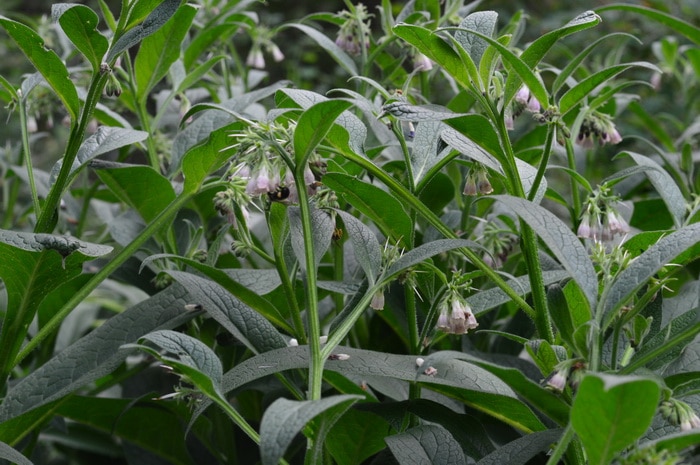
Nutrients in Comfrey
Comfrey contains Vitamins A, B1, B2, B3, B5, B6, B9, B12, C and E, as well as boron, calcium, chromium, cobalt, copper, iodine, iron, magnesium, manganese, phosphorous, potassium, selenium, sodium and zinc. As comfrey has deep roots, in can draw up minerals that other plants can’t reach, this in turn can benefit plants growing nearby.
1. Compost Accelerator
Comfrey is an excellent compost stimulator. Because comfrey cuttings are high in nitrogen, they make an excellent activator in the compost bin. We use ours as a layering inside of the compost bins. Adding comfrey leaves to compost helps even out the influx of large amounts of fall leaves to be composted and is an efficient way to jumpstart decomposition and balance out the carbon-to-nitrogen ratio with materials we already have on hand.
Comfrey has a similar NPK profile to animal manures:
2. Compost Tea
One of the strengths of comfrey is the ability of its deep roots to bring up nutrients and minerals from the soil and concentrate them in its leaves. When the leaves are steeped in water, the nutrients leach out into the water and make a natural, inexpensive homemade comfrey compost tea for your garden.
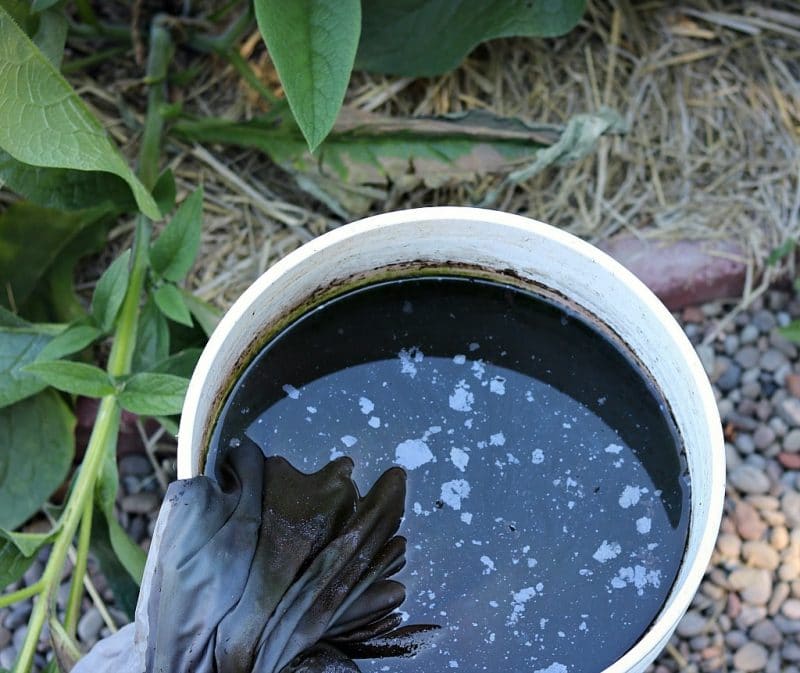
Photo courtesy of Grow, Forage, Cook, Ferment
3. Comfrey Leaves as Foliar Feed
Once you have steeped comfrey leaves on water and created compost tea you can dilute it and use it as a foliar spray. Dilute it with one part comfrey to fifteen parts water. This feeding gives plants a needed boost.
In his article, Foliar Fertilization Improves Nutrient Use Efficiency, Robert C. Dixon writes that:
Research has shattered the belief that only roots absorb nutrients. The use of radioactive and isotopically tagged nutrients has confirmed that plants can be fed through their leaves. Foliar N, in particular, is absorbed through other green tissue and soft woody tissue including stems, buds, blossoms, and fruit.
When comfrey liquid can also be used to prevent powdery mildew. The liquid foliar spray gives plants the needed boost.
4. Use Comfrey Leaves as Fertilizer
Use the first cutting of spring leaves by chopping them up and placing them in the soil next to your garden plants. The leaves are high in potassium and make excellent fertilizer. Allow the leaves to wilt for a few hours after cutting, and then dig them into the soil to a depth of 1 to 2 inches.
Comfrey leaves compare well to composted steer manure with Nitrogen at 1.8, Phosphorous at 5.0, and Potassium at 5.3. If you have large amounts of comfrey and large leaves, you can layer them over garden beds and use them as mulch.
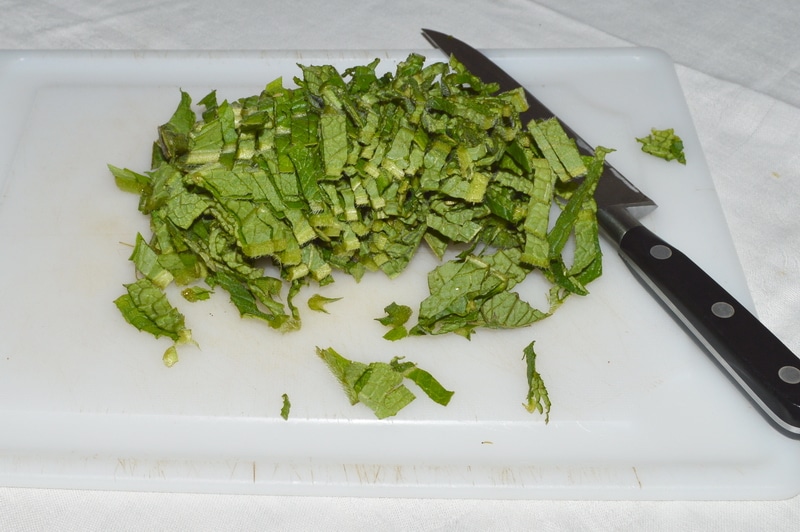
5. Cut and Come Again Mulch
Comfrey is a prolific producer of leaves. The leaves make a superb mulch increasing soil fertility while adding nutrients to plants right in their root zone where they can do the most benefit. I use comfrey as a garden mulch throughout the growing season. In areas with a long growing season, it’s possible to get 4 cuttings from comfrey for fertilizer and garden mulch. In zone 3, with a 75 day frost free season, I get 3 cuttings of comfrey leaves. I place the plants close to the area where I’ll need the leaves for mulch. I have a few at the edge of my garden, one group near the compost bins, and another group in the middle of my apple orchard for convenience and easy access for mulch.
6. Medicine for Fruit Tree Repair
Comfrey supports tree regrowth after bark damage. I would have lost hundreds of dollars worth of orchard trees but comfrey healed the trees and enabled them to continue to grow in-spite of orchard mice damage that ringed the bark of the trees.
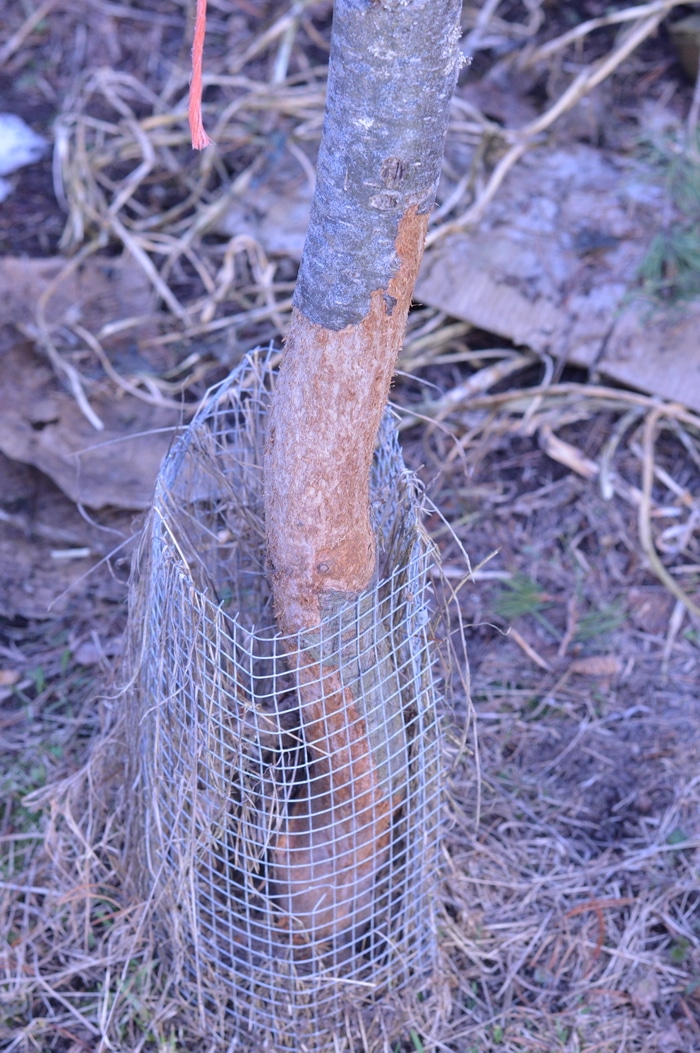
7. Reduce transplant shock
Put comfrey leaves in the hole when you transplant trees, shrubs, or herbs. The herb leaves will decompose quickly adding potassium, nitrogen, and trace nutrients that the plant can use as it is becoming established.
8. Use Comfrey for Bumble Bee Food
Attract pollinators to your garden. The flowers of the comfrey plant are bell-shaped and purple in colour. The nectar is savoured by pollinators and beneficial insects in the garden. Bumblebees especially vibrate the purple flowers to obtain the healing pollen and self-medicate with it. The flowers are deep and bell-like, too deep for the shorter proboscis of honeybees. However, my honeybees have been seen biting the side of the comfrey flower to steal the nectar.
As you are planning your perennial gardens, remember to plant bee-friendly plants for overall pollination and biodiversity. In addition to comfrey, consider planting echinacea, oregano, lavender, mint, lemon balm, and many other medicinal herbs that are beneficial to both you and the bees. It’s a win-win when you plant for the bees.
Attract the Birds and the Bees to Your Garden to Create a Thriving Eco-System
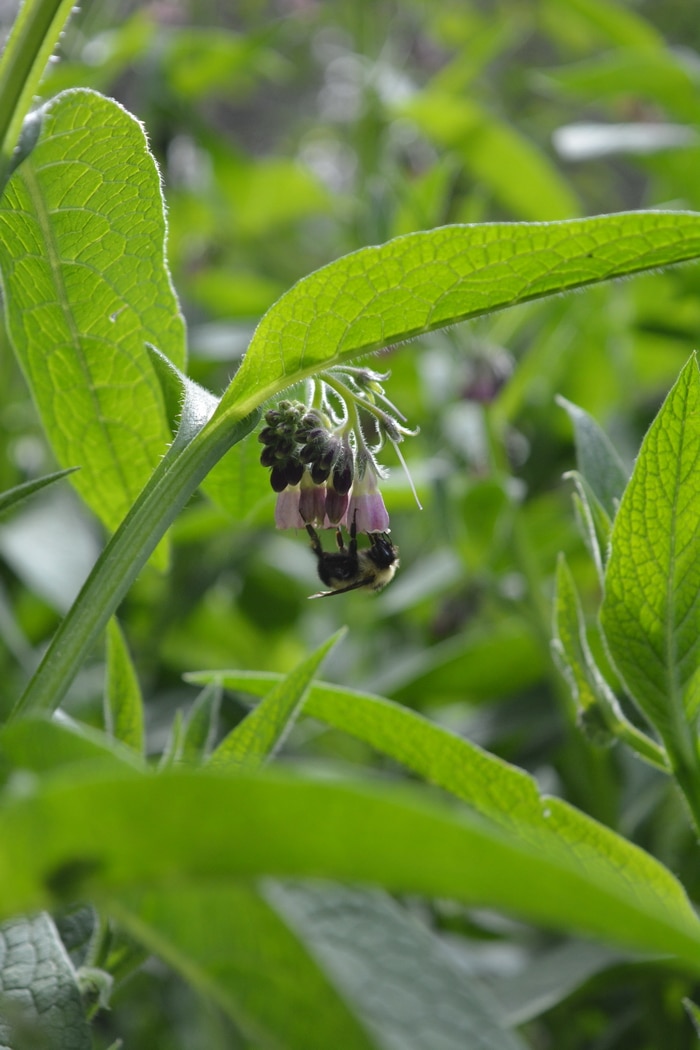
9. Use to break up hard soil
Plant this plant in areas that have poor soil, the plant has amazing roots that go down 8 feet or more. They will not only break up the compacted soil but also give the soil a needed boost of N-P-K. Read this article in Permaculture News for an amazing study about the benefits of applying comfrey plant to the soil in troubled areas of your property.
Try one of these 9 Ways to make topsoil organically. Comfrey is a key player.
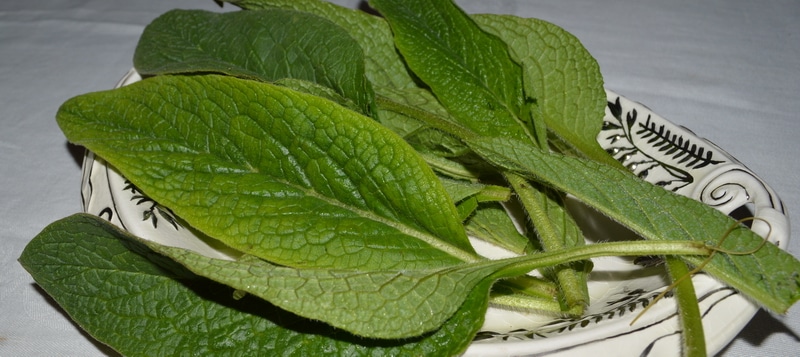
10. Animal Fodder
The leaves of comfrey contain from 20 to 30% protein and chickens benefit from having it in their diet. It is well-suited for their digestive systems since they are not equipped to handle much fibre, and comfrey is low in fibre but high in protein and minerals.
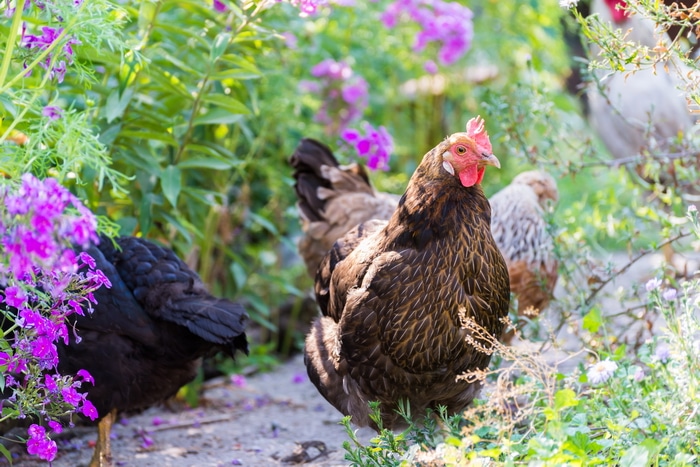
If you have planted the high-yielding Bocking 14 strain of this plant as recommended, 30 plants will give you enough plant mass to feed 12 birds their entire amount of green plant matter for the year.
11. Comfrey is an Excellent Producer of Biomass
Because this plant grows rapidly after each harvest, it makes an excellent source for biomass, producing from 100 to 120 tons per acre. In our gardens, we have Comfrey ‘Bocking 14’ located next to each fruit tree in order to have a renewable source of mulch just where we need it.
Many researchers are exploring the ways that plant materials like comfrey, mint, and homestead animal waste can be used as a source of fuel.
12. Gardener Salve
Making homemade salves is a good way to tap into the benefits of the herbs you have growing in your own backyard. Salves deliver the medicinal actions of herbs directly to the body via the skin. Comfrey salves are often used for skin conditions, bruising, dryness, rashes, boils, and abrasions.
Regular hand lotion isn’t enough for those cracked, painful cuticles and the gritty, inflamed knuckles that ensue after a day in the garden. Find out how to make a salve for gardening hands in this article from Joybilee Farm.
Companion Planting with Herbs to Increase Biodiversity and Improve Yields
How to Dry Comfrey
Comfrey leaves are succulent and difficult to dry at normal room temperatures. You can chop the leaves and dry them in a dehydrator on low heat (100F) or in a warm oven. Once they are fully dry use them to make this skin healing and pain-relieving salve.
Comfrey Contraindications and precautions
Long-term internal use is discouraged due to the potential of toxic alkaloids. Short-term use and external use of comfrey do not carry significant risks. Potentially genotoxic with long-term, high-dose ingestion of leaves. Risk can be minimized by planting varieties that are low in pyrrolizidine alkaloids such as “Bocking 14”. Limit internal use to 2 to 3 weeks at a time, except in the case of broken bones. For broken bones, a poultice of comfrey leaves is also effective. Pregnant and Nursing mothers, those with compromised livers, and those taking pharmaceutical medications should avoid using comfrey internally due to the increase in risk of liver damage.
I have a FREE gift for you

Grab my free ebook and learn to make DIY herbal healing salves at home now, with 14 easy-to-follow recipes that use the herbs and wild plants growing close to home. Salve-making is one of the easiest skills to learn in DIY Herbalism.

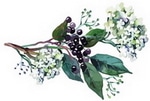
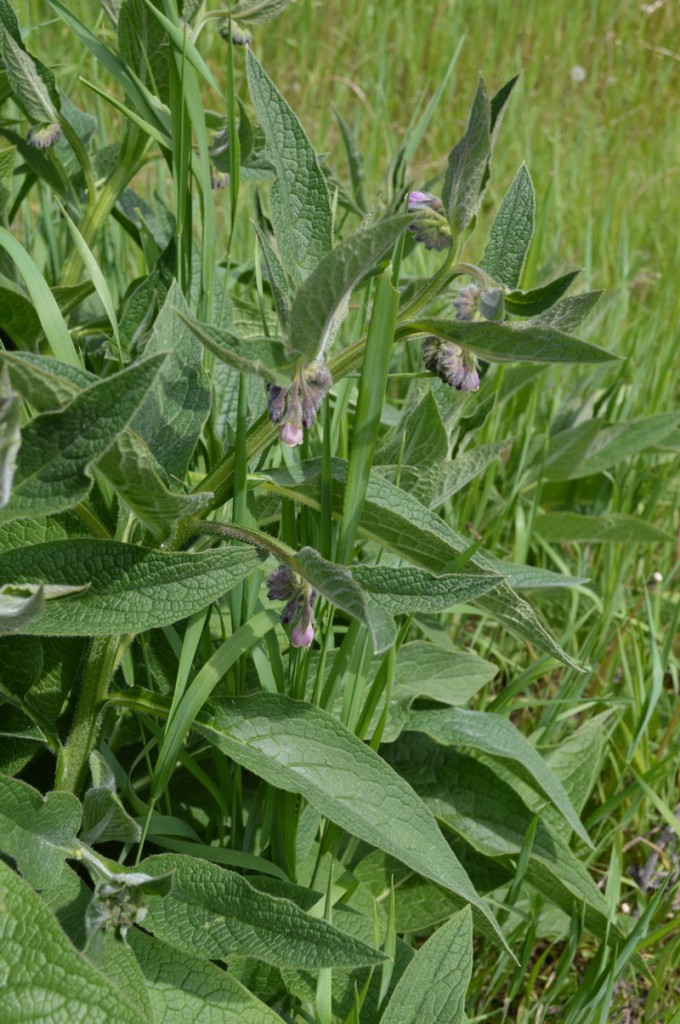

I just recently started reading up on comfrey and it’s very interesting! I was wondering if you can give this to chickens on a daily basis? Thanks
Am interested in growing of comfrey